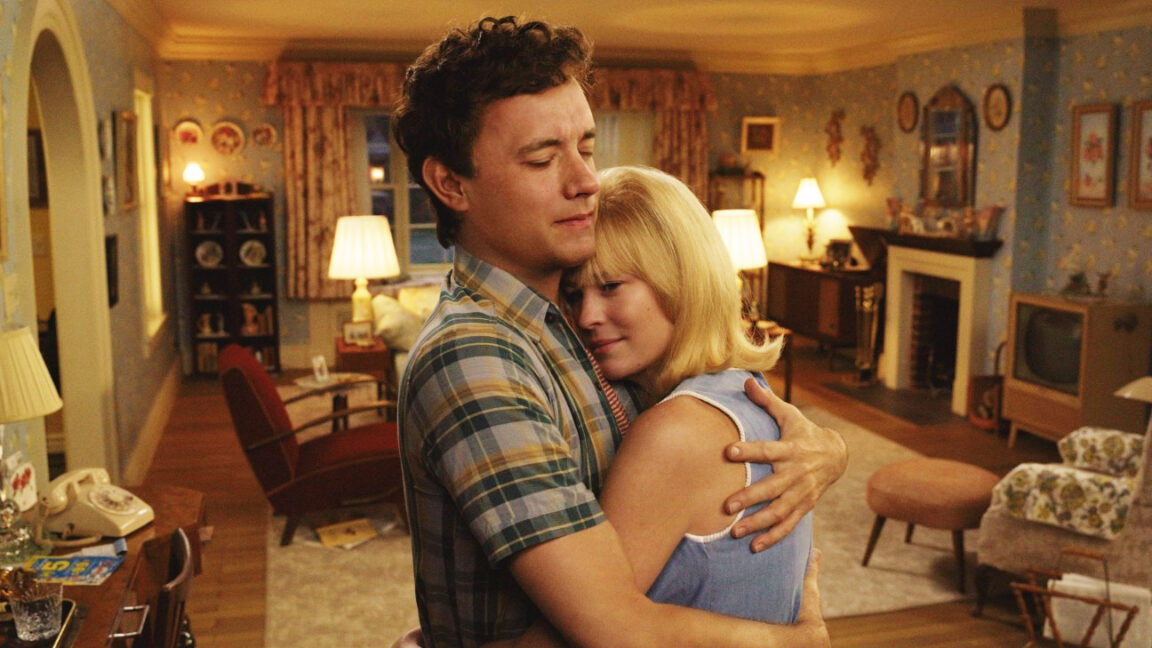On Friday, TriStar Pictures released Here, a $50 million Robert Zemeckis-directed film that used real time generative AI face transformation techniques to portray actors Tom Hanks and Robin Wright across a 60-year span, marking one of Hollywood’s first full-length features built around AI-powered visual effects.
Metaphysic developed the facial modification system by training custom machine-learning models on frames of Hanks’ and Wright’s previous films. This included a large dataset of facial movements, skin textures, and appearances under varied lighting conditions and camera angles. The resulting models can generate instant face transformations without the months of manual post-production work traditional CGI requires.
You couldn’t have made this movie three years ago," Zemeckis told The New York Times in a detailed feature about the film. Traditional visual effects for this level of face modification would reportedly require hundreds of artists and a substantially larger budget closer to standard Marvel movie costs
Meanwhile, as we saw with the SAG-AFTRA union strike last year, Hollywood studios and unions continue to hotly debate AI’s role in filmmaking. While the Screen Actors Guild and Writers Guild secured some AI limitations in recent contracts, many industry veterans see the technology as inevitable. “Everyone’s nervous,” Susan Sprung, CEO of the Producers Guild of America, told The New York Times. “And yet no one’s quite sure what to be nervous about.”



Using AI in this way I think is generally fine. I draw the line at using it, as well as any other effects, to recreate an actor’s face who has passed away.